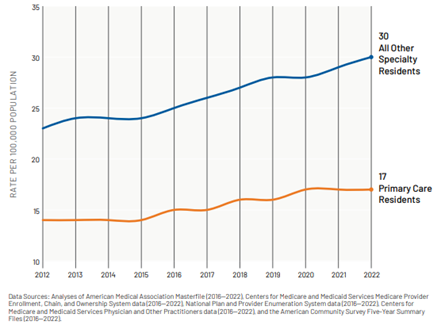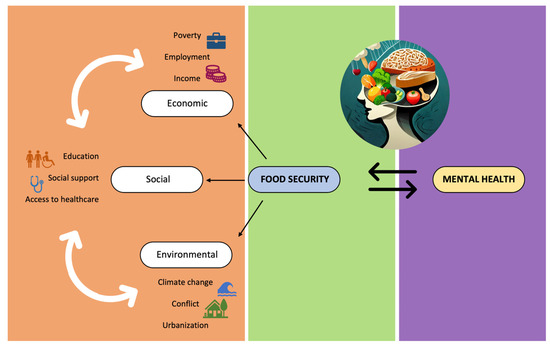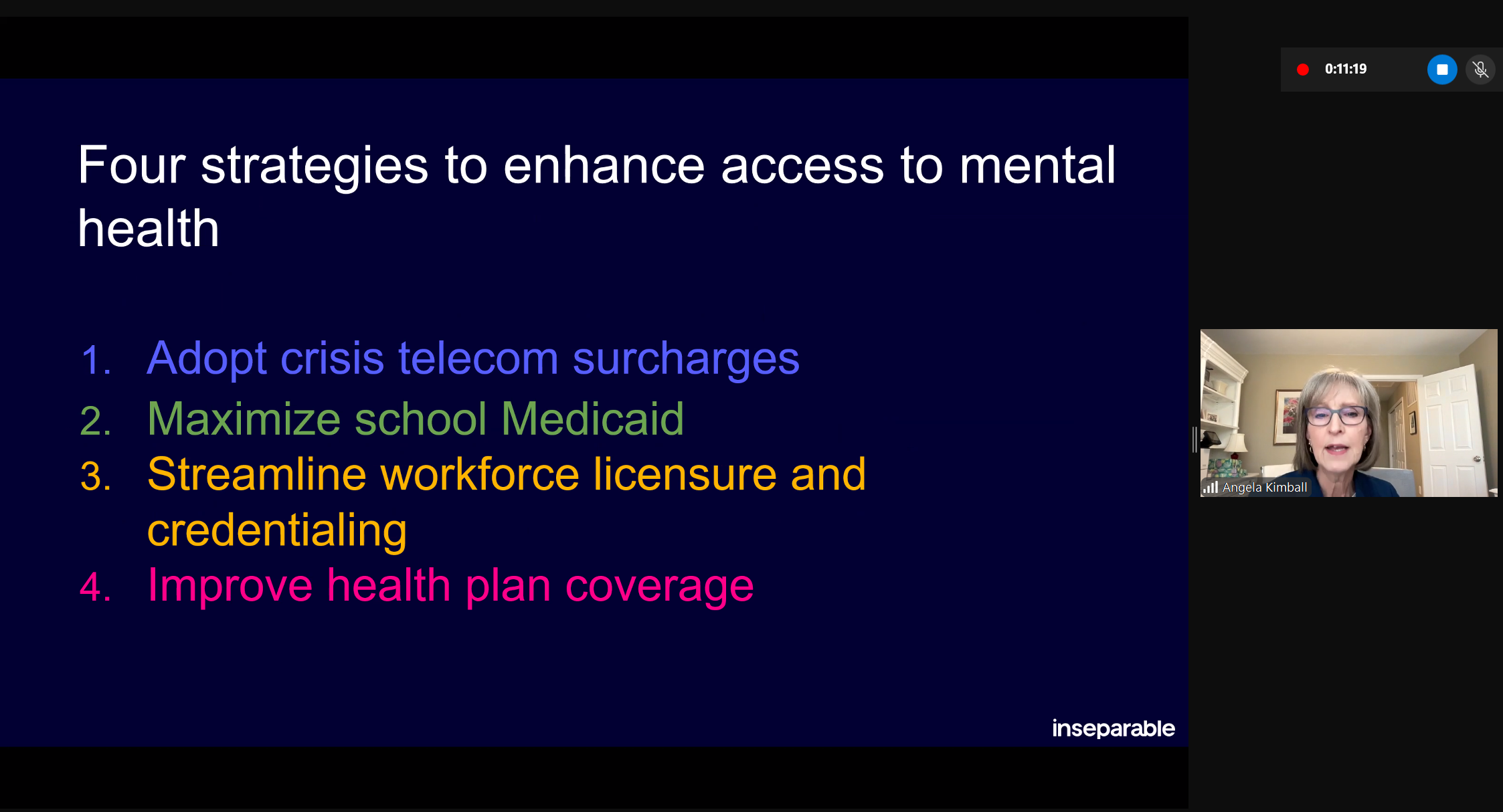With inflation grabbing headlines and putting a financial squeeze on many households in recent months, the National Governors Association hosted a two-part briefing series for Governors’ staff and state and territorial agency staff over the past few weeks.
By Tim Carlton and Rachael Stephens
With inflation grabbing headlines and putting a financial squeeze on many households in recent months, the National Governors Association hosted a two-part briefing series for Governors’ staff and state and territorial agency staff over the past few weeks. The briefings aimed to go beyond the headlines and leave staff with a thorough understanding of what inflation is and how it is determined, key factors that contribute to changes in inflation, and insight into where it might be heading and what that means for the country and for states and territories.
The first briefing featured a Senior Economist from the U.S. Department of Labor’s Bureau of Labor Statistics (BLS), who covered the background, uses and current trends of BLS price indexes. The presentation discussed the primary BLS price change measures, including the Consumer Price Index (CPI), the Producer Price Index (PPI) and the Import/Export Price Index (MXP). In covering these four price change measures, BLS distinguished the role each measure plays in telling the broader story of inflation, beyond the headline news.
In addition to going over the basics of the major price change measures, BLS’ presentation offered staff a more detailed backgrounder on the inputs and outputs of these measures, especially in the case of the CPI. From CPI weighting to estimation and aggregation, to seasonal adjustments and regional differences, BLS gave staff a thorough baseline understanding of the complexity required of BLS to accurately measure the CPI. Perhaps most importantly for Governors’ offices, BLS closed the briefing by gladly offering themselves as an accessible resource to states and territories should their offices have any questions with inflation.
The second briefing for Governors staff and state and territorial staff featured Dr. Robert Wescott, the President of Keybridge Research. Dr. Wescott succinctly provided staff with a practical understanding of the causes, consequences and implications of inflation for businesses, families and state and territorial governments. Dr. Wescott provided staff with a balanced overview of the role played by each of the four primary economic theories of what causes inflation: aggregate supply and demand imbalances, cost-push inflation, wage-price spiral, and monetary economics. Looking at other special factors contributing to inflation, Wescott pointed out that as Chinese wages rise, cheap Chinese manufactured goods are no longer a source of global disinflation as they once were. He also identified the massive shift in consumer spending from goods to services and supply chain problems as additional special factors.
In addition to covering these practical theories of inflation’s main drivers, Dr. Wescott discussed 8 top-of-mind economic questions with staff. These questions covered everything from whether inflation is becoming embedded in the economy to if the Federal Reserve is doing enough or too much to stop inflation, as well as whether the recently passed Inflation Reduction Act will lower inflation or what the inflationary impact of student debt relief might be going forward.
The following highlight some of the main takeaways for state and territorial governments:
- The economic growth outlook is worsening and recession risks are increasing, as global events and spiking energy prices have put a dent in growth while high inflation has pushed the Federal Reserve to increase interest rates faster than planned.
- Signs of “underlying inflation” may point to inflation becoming embedded in the economy, particularly in the U.S. High inflation is not unique to the U.S. at the moment, but causes differ and core inflation appears to be more of a problem for the U.S.
- There are also signs the economy is overheated due in part to fiscal stimulus, as evidenced by very high capacity utilization in the manufacturing sector and by imports surging to a record high in April.
- Slower growth and more pain in labor markets are likely necessary byproducts of the Federal Reserve’s interest rate hikes. Despite encouraging numbers in recent jobs reports, it is unlikely that “immaculate disinflation” that does not cause any pain in the labor market can be achieved.
- Targeted federal, state and local policy interventions to help households hit hardest by both inflation and potential recession are less likely to contribute to inflation than broadly-applied interventions or aid, such as widespread tax cuts or rebates.
- High inflation has led to short-term revenue surges and budget surpluses for states and territories, but state and territory governments should prepare for challenges ahead. Higher costs for labor, energy, and materials will constrain state budgets. Higher interest rates will potentially hurt asset values that impact state pension plans but could also reduce pension plan liabilities.
To learn more about this briefing series and related work at the National Governors Association, please reach out to Tim Carlton, Legislative Director in the NGA Office of Government Relations, and Rachael Stephens, Program Director for Workforce Development & Economic Policy in the NGA Center for Best Practices.












